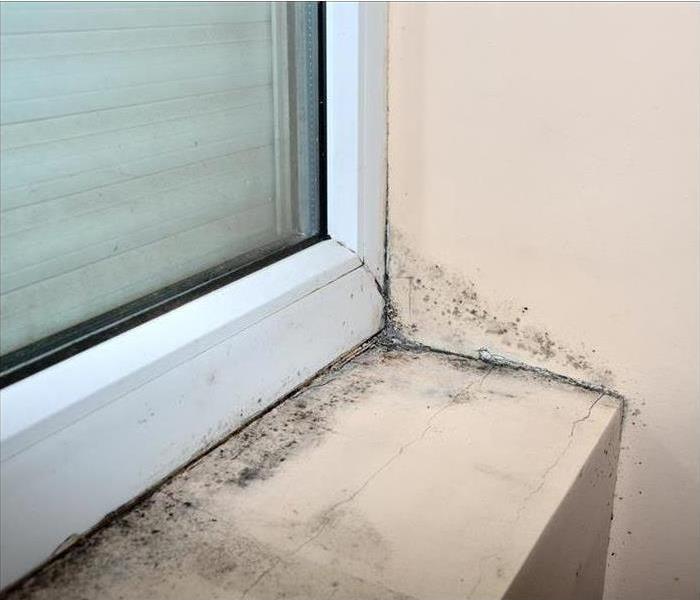It Pays to Hire Pros for Mold Damage Repair in Downtown Chicago
4/5/2023 (Permalink)
How Do SERVPRO Experts Handle Mold Damage Remediation in Downtown Chicago?
Discovering mold damage in your Downtown Chicago home is not a pleasant experience. Unmitigated mold can wreak havoc on your property and cause structural damage. Professionals like SERVPRO have the training, skill, and tools to get your home back to preloss condition while maintaining high safety standards.
The primary goal of SERVPRO during the mold damage repair of your Downtown Chicago property is to clean the contamination and remediate the conditions that cause the mold to spread. Microbes, including mold spores, are an integral part of our indoor environment, and no amount of mitigation can guarantee their complete removal. Consequently, Official SERVPRO Downtown Operators implement cleaning strategies and measures that eliminate visible mold and prevent their growth beyond normal levels. We work hard to make it “Like it never even happened.”
Principles of Professional Mold Removal
The Institute of Inspection, Cleaning and Restoration Certification (IICRC) suggests five general principles to remediate mold-contaminated structures and materials. SERVPRO is one of the few restorers in the Downtown Chicago area that implements IICRC recommendations as closely as possible. Applying these principles requires the SERVPRO techs to adopt a multi-disciplinary approach that involves collaborating with Indoor Air Quality (IAQ) professionals and Indoor Environmental Professionals (IEP).
The five principles of remediation include:
- Providing for the safety of Occupants and workers: The safety of our techs and the occupants is a top priority for SERVPRO. Hence, we employ a combination of engineering controls and specialized work practices for activities that disturb mold to limit the risk of exposure.
- Documenting the conditions and work process: The IICRC asserts that an effective mold remediation plan can’t be developed without determining the extent of the damage. SERVPRO techs often take help from Indoor Environmental Professionals sampling, testing, and subsequent assessment of the scope of mold infestation.
- Controlling the contamination at its source: Aerosolized mold spores are tough to capture, and hence restorers work hard to maintain the contamination as close to its source as possible. SERVPRO techs often use source containment to prevent the dispersal of mold spores during the mold removal process.
- Physically removing the contamination: In contrast to some restorers, SERVPRO techs rely on removing the contamination rather than killing or encapsulating to solve the problem. Physical removal is one method that can minimize the chances of recontamination. Some mold remediation methods do include salvaging infested materials.
- Correct the moisture problem to prevent recontamination: Mold growth is virtually inevitable if moisture is not controlled as spores are everywhere at background levels. SERVPRO understands that moisture problems must be identified, corrected, and managed as soon as possible for effective remediation.
Why are Engineering Controls Important?
SERVPRO techs often use meticulous engineering controls to prevent cross-contamination and assure worker safety. According to the IICRC, engineering controls are the first line of defense for ensuring the safety of workers and occupants and should include the following:
- Isolation of affected areas by erecting physical barriers using polyethylene sheeting material.
- During remediation, HVAC registers, building openings, and fixtures are often sealed off.
- Pressure differentials control the airflow between contaminated and uncontaminated building regions. A pressure differential of ≥ 5 Pascals (0.02 inches of water gauge) is usually set up to prevent the migration of spores.
SERVPRO stands out among other restoration companies thanks to our scientific, no-nonsense, transparent approach and excellent customer service.
Call SERVPRO of Carol Stream / East Bloomingdale at (630) 830-6236; We’re Faster To Any Size Disaster.






 24/7 Emergency Service
24/7 Emergency Service